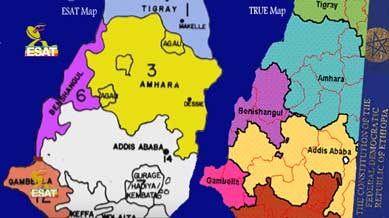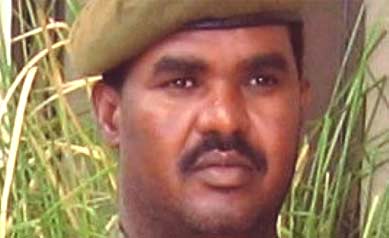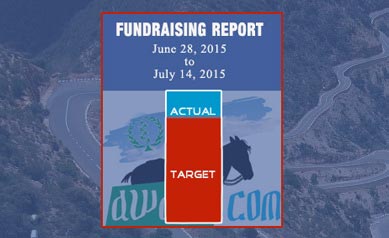Eritrean Refugees in Ethiopia Brace for the Rainy Season

Eritrean refugees at Alemwach refugee camp in Gondar are bracing for another uncomfortable rainy season. Some of the camp’s residents came as children in Tigray escaping from Eritrea. The refugees fled from the Tigray camps amidst the Ethiopian civil war that raged between Tigray’s regional government and the Ethiopian federal government forces with its allied Eritrean allies.
Currently, The Alemwach refugee camp that was inaugurated in June 2021 houses an estimated 16000 refugees; most of who came as children in the refugee camps in Tigray, are now adults.
The rainy season that lasts from mid-June to mid-September is on the gates; the refugees are bracing for a muddy situation once the rains start to pour. Last year’s heavy summer rains inundated the campgrounds, residents spend weeks of sleepless nights inside wet, drenched dripping tents perched on makeshift wooden structures following the wintery cold weather of the Northern Ethiopian highlands. The experience from the rains of last summer rains, are still fresh in the memories of around 16,000 Eritrean refugees at Alemwach Refugee camp.
The camp is located at near Ethiopia’s Semien Mountains, a famous tourist attraction known for the indigenous Gelada baboon and Walia Ibex. It adjoins the town of Dab that sits at an altitude of around 2500 meters above sea level. It’s one of the coldest areas in Ethiopia where villagers resort to donning goatskins to fight the biting cold weather during the months between October and February
All of the Eritrean refugees have moved to Alemwach from four camps located in the arid to semi-arid north-western lowlands of Ethiopia’s Tigray region. Shemelba, the first of these camps, is located near the town of Sheraro, around 40 kilometers away from the Badme village, the flashpoint of the 1998-2000 Eritrean-Ethiopian border war. It was mostly inhabited by Eritrean Kunama, and other inhabitants of border regions affected by the 1998-2000 war. The other camps located south of the Tekeze river in Tselemt area, bordering Gondar’s region of the Amhara zone, the Mai-Ayni and Adi-Harush camps, both play a role in adjoining the town of Mai-Tsemri that was opened after 2006 to accommodate the increasing flow of Eritrean refugees. The last camp, Hitsats was the last to open in May 2013. It’s located about 50 kms away from the town of Shire, Tigray. Around 80,000 refugees were living at the four camps in Tigray before the start of the 2020-2022 Ethiopian civil war.
With temperatures averaging above 20 degrees Celsius for most of the year and hovering above 30 and nearing 40 degrees during the hot season, the entire region experiences only irregular splatter of summer rains.
The majority of Alemwach’s residents are youth refugees including young men and women, and almost all of them have suffered from war, uprooting, and displacement—they have lived most of their lives in refugee camps. Most of them came from the Southern regions of Eritrea, areas directly affected by the 1998-2000 war from which the region that has not recovered from the devastation. These refugees were born in Eritrean camps of internally displaced peoples (IDPs), and come from broken families and villages, and almost all of them trekked to the Ethiopian camps as unaccompanied and separated children (UASC) who have grown up in the refugee camps of Tigray.
A few weeks after the Ethiopian civil war started in early November 2020, the UN reported that two of its refugee camps (Shemelba and Hitsats) were vandalized, looted, and totally deserted, thousands were unaccounted for. Almost two years after the silence of the guns, it is still difficult to get a clear picture. However, the majority of the refugees have trekked on foot south to Mai-Ayni and Adi-Harush Camps. But when the raging war caught up with them and engulfing the last two remaining camps in Tigray, the refugees fled further southwards, by crossing regional boundaries to reach Alemwach, the new camp in Gondar.
Though it has been many months since the fighting has subsided, the plight of these Eritrean refugees has not been resolved yet. Following last-year’s monsoon season, the horrible conditions in the camps has left many refugees terrified at the prospect of it happening again. And that’s why, rather than wait for the drenching reality, over sixty-thousand refugees – at least, the lucky who have support from their Diaspora relatives – have already fled the camps, many have settled in the Ethiopian capital, Addis Ababa while others have continued to Sudan, South Sudan, and Uganda. Still, some were forcibly taken to Eritrea, and a few were killed during the chaos.
Report compiled by Awate Staff with additional information from relevant sources




Awate Forum